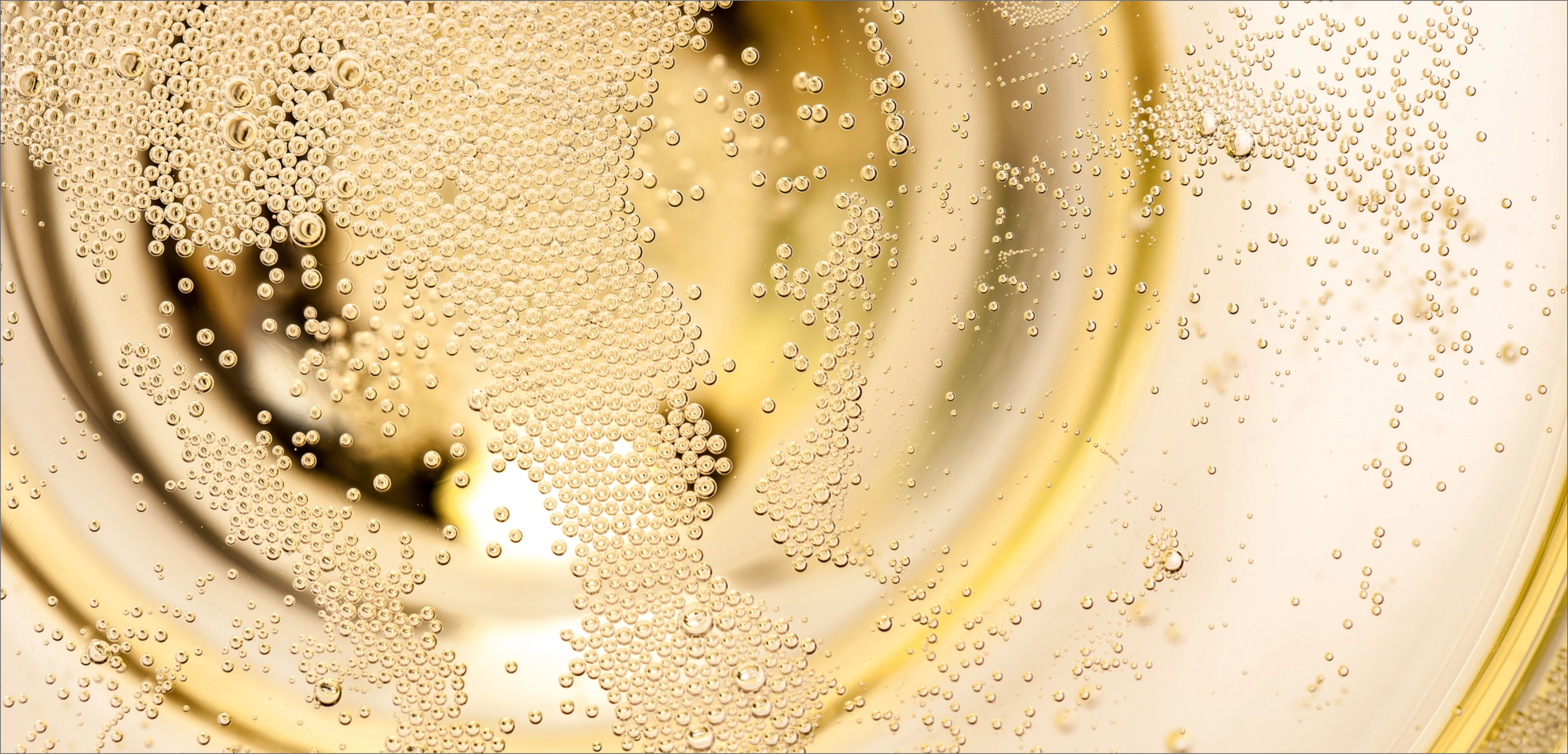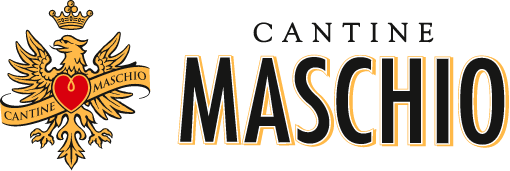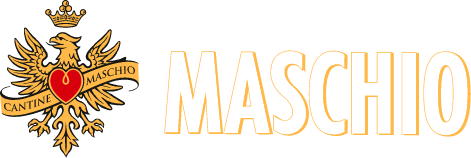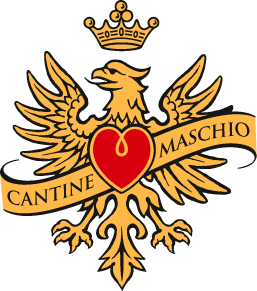
Pasteurization:
the treatment (named after Louis Pasteur, a scientist who devised this process in the 19th century) which stops the activity of microorganisms present in the wine by means of heating it before or after bottling
Perlage:
the so-called “fountain” of bubbles of carbon dioxide that forms in a glass filled with sparkling wine. The finer and more continuous the bubbles are, the higher the quality of the sparkling wine
Persistence:
the duration of flavor and scent produced by a wine. In general, wines with good persistence (or “length”) are also those of better quality
Pressurised tank:
a large, hermetically sealed stainless steel tank that is insulated and is resistant to high pressures, with the possibility to control the temperature of the wine and to stir the fermenting mass so as disperse more successfully the yeasts in suspension in the liquid. It is used in the Charmat Method of sparkling wine production
Prise di mousse:
this is the phase during the process of sparkling wine production in which the wine that is fermenting in a closed container (pressurized tank or bottle) becomes enriched with carbon dioxide. It typically lasts from 1 to 3 months in sparkling wines and 1-2 weeks in semi-sparkling wines
Pupitres:
special racks with holes in them in which, in the Classic Method, the bottles are placed in order to undergo remuage (also called riddling). During this process the bottles are gradually tilted





